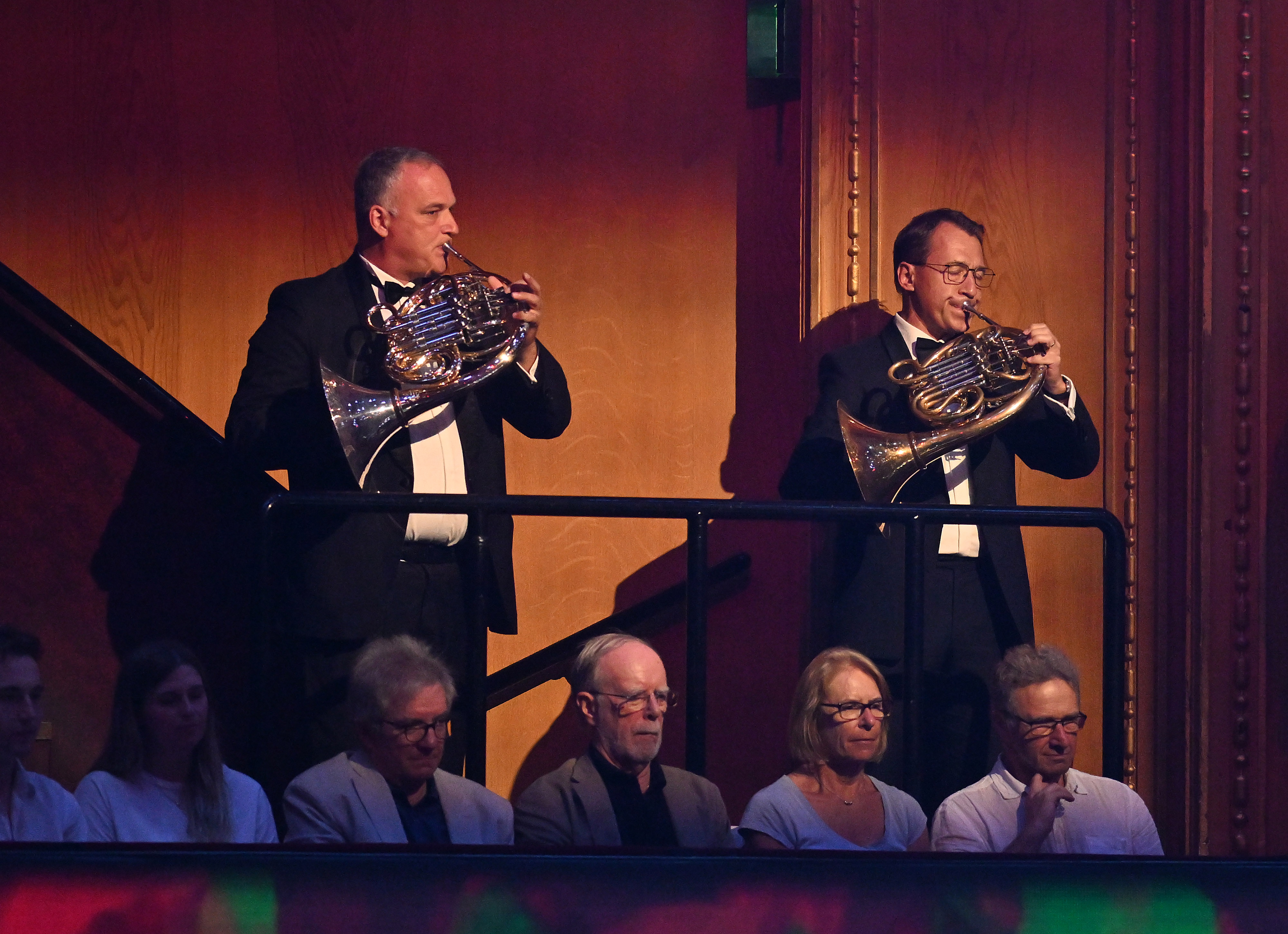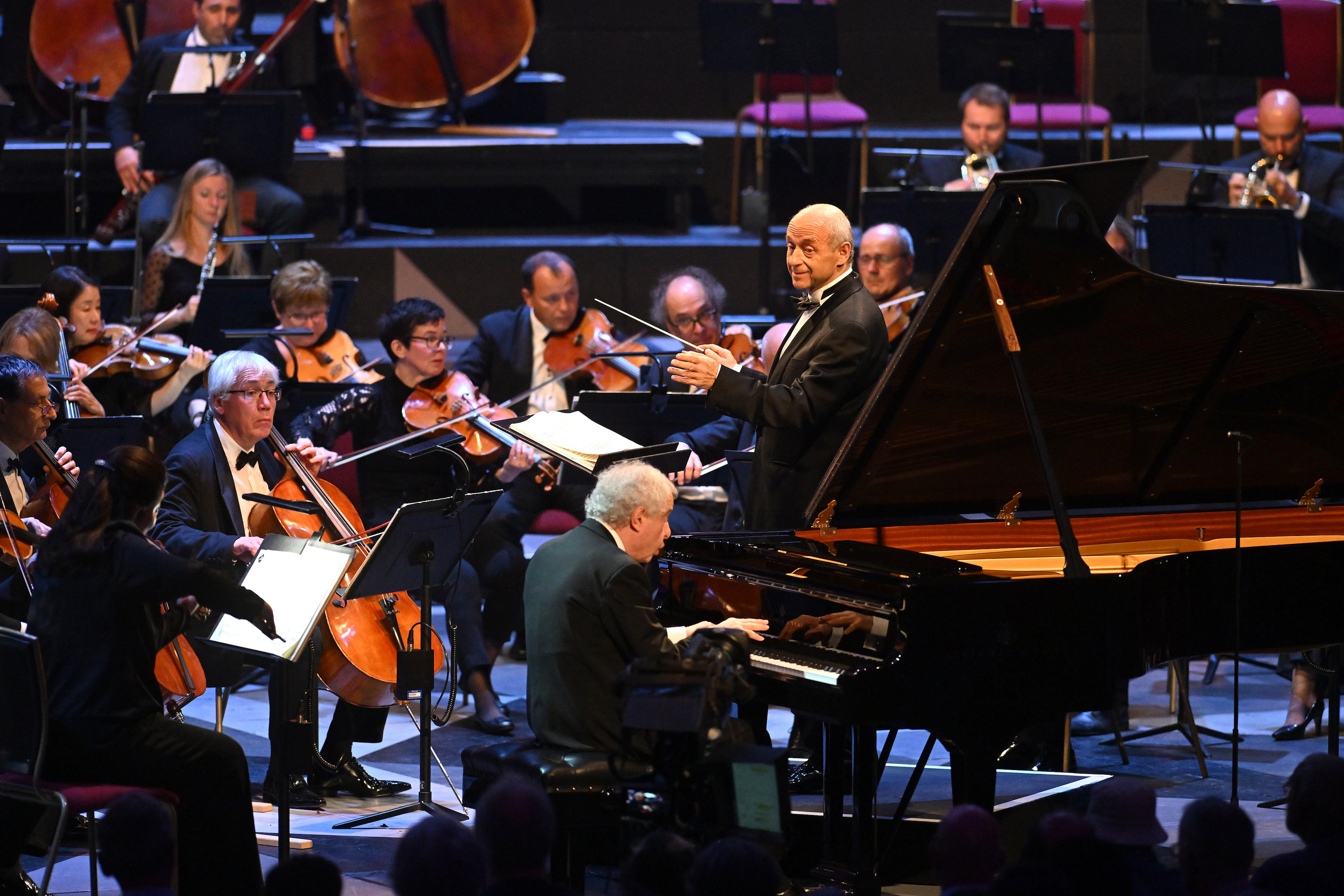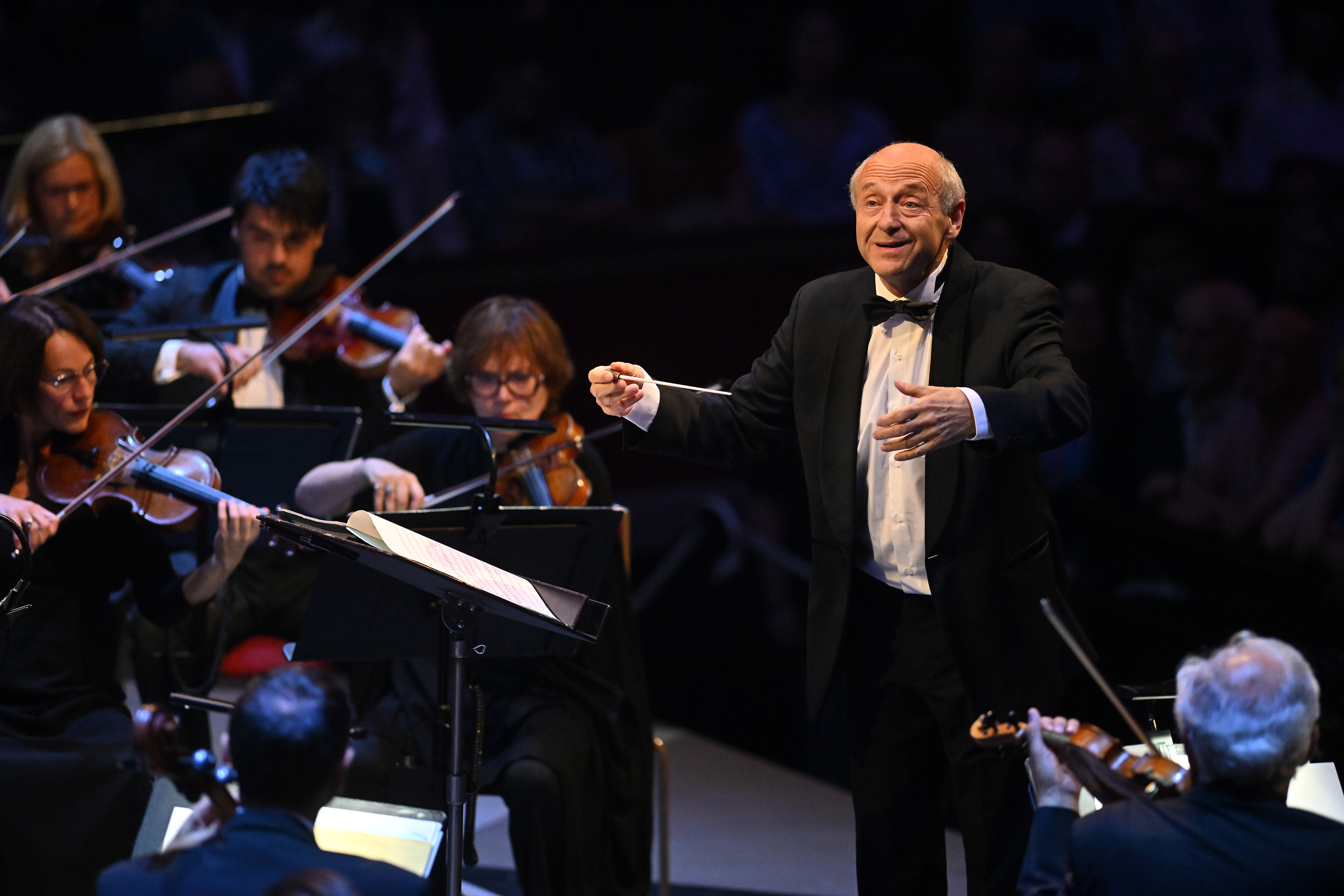“Very traditional, but fun,” ran the verdict of one fellow-traveller as we waited for a bus outside the Royal Albert Hall on Saturday night. No one can gainsay the infectious fun that the Budapest Festival Orchestra bring to every gig. For all its musical accomplishment, Iván Fischer’s all-singing (yes, they did) if not quite all-dancing (yet) outfit never forget that they belong to a, rather elevated, branch of show business.
As for the “traditional” tag, I might beg to differ. True, for their first Prom (out of three this year) they delivered a triple-decker stack of mainstream Romantic goodies: Weber’s Freischutz overture followed by the Schumann Piano Concerto (with Sir András Schiff) and Mendelssohn’s Third, “Scottish” symphony. Despite the BFO’s creamy, warm and enveloping sound, Mitteleuropa on a high-calorie plate, the agility and audacity of Fischer’s approach to even the most familiar pieces means that every outing for a venerable warhorse can feel like a frisky reinvention.
If the two outer works transported us to the iconic Romantic landscapes of the spooky German forests, and the rugged Scottish Highlands, Schiff’s Schumann tracked a path through the divided soul – here, more merrily than tragically – of the composer. In Weber’s ten-minute blockbuster, an entire opera in miniature, a horn quartet placed on high beside the organ (pictured below) supplied the evening's first touch of Budapest theatricality. From parping trombones to eerie clarinets and rolling timpani, with a mighty battery of basses at the back, Fischer drew fresh, invigorating timbres and textures from his band. Weber’s Gothic mood-music never descended into corny melodrama: the Budapesters kept their light and droll touch even in the darkest thickets of the supernatural woods. 
Schiff (pictured below) somehow sounded both skittish and musing – the rival personalities of Florestan and Eusebius, here harmoniously fused. As for the closing Allegro vivace, Fischer injected a bouncing, skipping drive as Schiff, mercurial but urbane, commanded the outlandish rhythmic jumps and swerves. Fine-rolled timpani led into valedictory tutti imbued by Fischer with a surging but never heavy-handed energy. After that, two surprise encores, BFO-style: Schiff accompanied the orchestra members who sweetly sang one of Brahms’s Zigeunerlieder, then played the Happy Farmer from Schumann’s Album für die Jugend. Fun is fine, but on such an occasion you must sprinkle it with wit and grace. Fischer and Schiff do.














Add comment